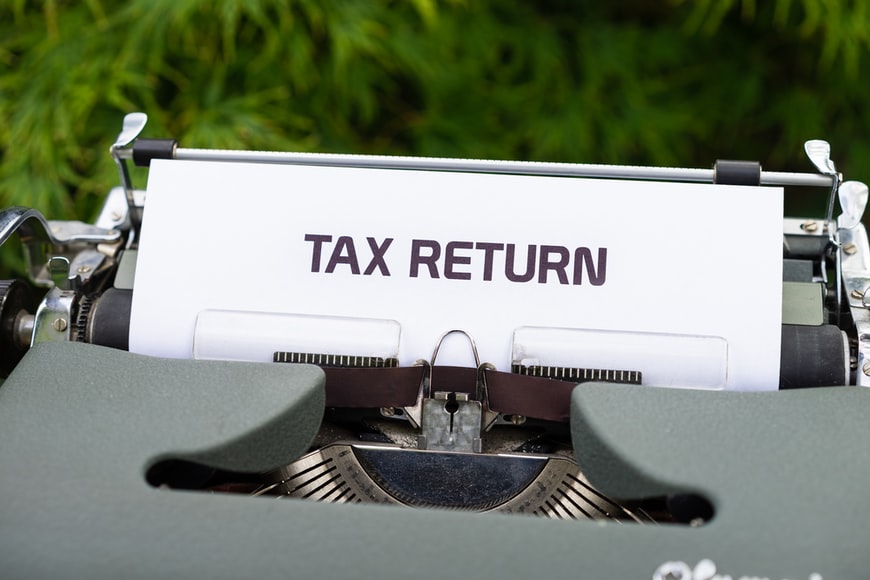In order to understand the many types of taxes, it is important to know what they are.
Taxes are a necessary aspect of the government’s revenue collection and a vital part of fostering the nation’s economic progress. People in the nation get essential services and facilities thanks to tax dollars. As a matter of constitutional right, the Indian government is authorised to collect taxes on behalf of the people. The tax system is three-tiered, with the national government, state governments, and local municipalities all contributing to the overall tax burden.
what are the many kinds of levies?
There are two types of taxes in most countries: the direct tax and the indirect tax.

A direct tax is one that is imposed on a specific person and is paid directly to a taxing authority. For this tax, the Central Board of Direct Taxes (CBDT) is in charge of administration.
The following are some important Direct Taxes:
- Paying taxes is a necessary evil.
- The tax on the rich
- Tax on gifts
- Inheritance tax
- Revenue from the sale of securities
- Taxes on business income
Individuals are most often subjected to taxation in the form of income tax. This tax is levied on a person’s annual income. The tax rate is based on the tax slab in which the taxpayer resides. In addition to the Hindu Unified Family (HUF), organisations that fall under this category include corporations, partnerships, cooperatives, and trusts.
Charges imposed on the public indirectly via indirect taxes are known as indirect taxes. The majority of these are charged in the form of goods and services. The vendor includes these taxes in the selling price, which are subsequently collected by the relevant government entities.
Indirect taxes that are worth noting include:
- The tax on goods and services
- It’s called Value Added Tax (VAT)
- Duty on imports
- A toll fee
- Obligation octroy
Who is in charge of the tax collection?
- Tax collection is entrusted to three statutory entities in India, including the Ministry of Finance.
- The central government is in charge of collecting various taxes, such as federal income taxes, customs fees, and excise taxes.
- Taxes on agricultural income, professional tax, state excise duty, value-added tax, etc. are collected by the state.
- Taxes, including water and property taxes, are collected by local municipalities.
- However, in 2017, federal government established the Good and Services Tax (GST) to consolidate a number of levies into one. Replaced by GST are some of the following taxes:
- Taxes on goods and services
- Octroi
- Excise tax levied by the federal government
- The tax on the use of entertainment
- Taxes on purchases
On each step of the supply chain (from raw material procurement to completed product sale to end customer), GST is a location-based tax. Wherever there is a change in ownership or a change in the value of the supply, GST is usually applied.
The government of the ultimate destination, where the purchase is made, is responsible for collecting the Goods and Services Tax (GST). The three components of GST are:
In the CGST, the federal government collects taxes on goods and services provided inside a single state.
When the state government/Union Territory collects taxes on products and services provided inside the state, this is known as State Goods and Services Tax (SGST).
Igst, where the central authority collects taxes on products and services sold outside of state boundaries.
Who gains from taxation?
People hate paying taxes, yet it is vital to pay the collecting agency a fair fee. In order to help the nation grow and provide its citizens with resources, tax dollars are collected. To help alleviate the burden of taxes, the government offers a variety of basic deductions, exemptions, and deductions for tax-saving investments undertaken within the jurisdiction of the Income Tax legislation.
Income tax returns (ITRs) are a great way to secure a loan, boost your credit rating, and expedite the processing of a visa application. ITR paperwork can serve as verification of self-employment income and make it simpler to get refunds.


